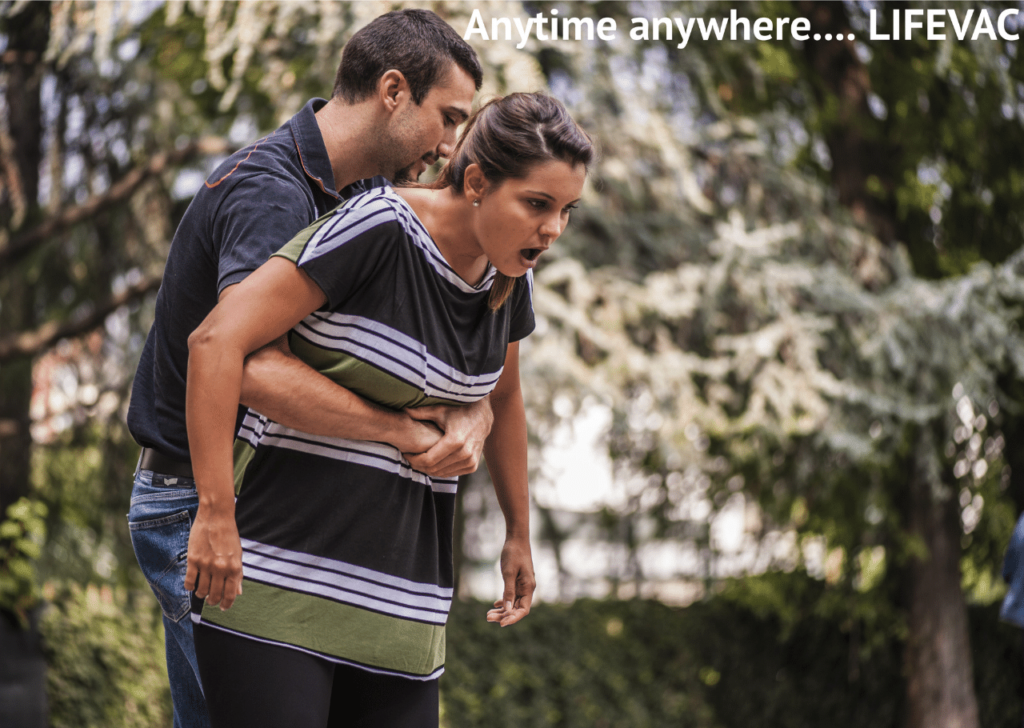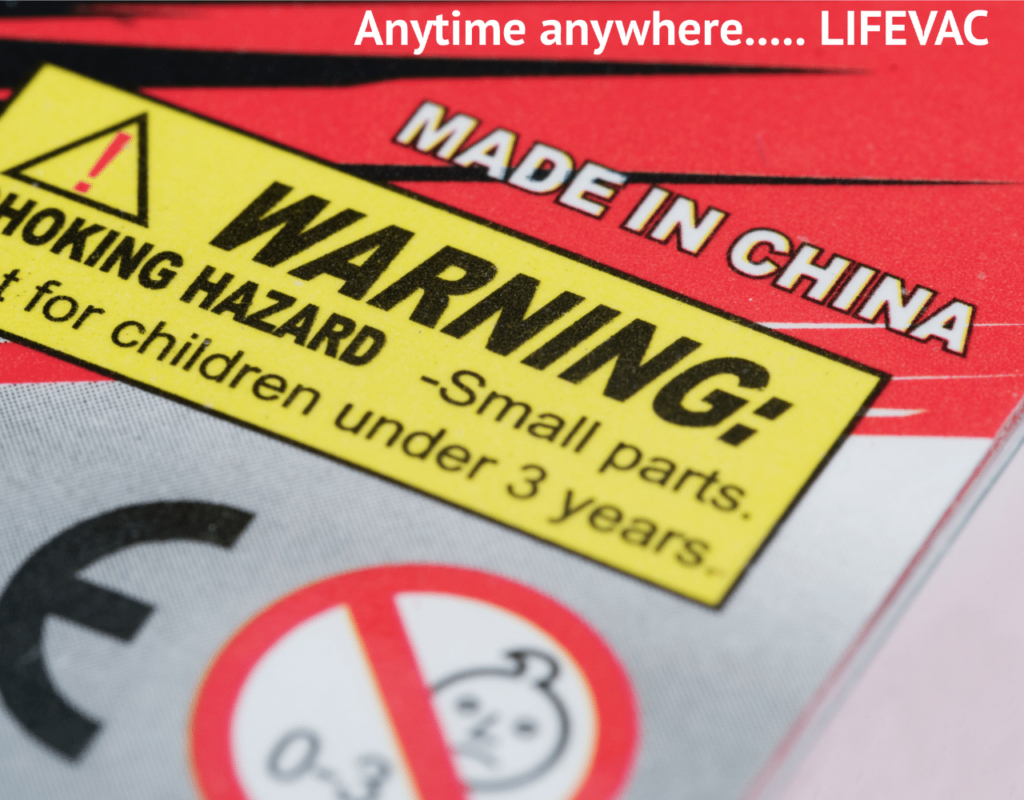

The LIFEVAC has saved hundreds of lives across the globe from choking-related deaths since its launch. The standard choking protocol which includes back blows, abdominal thrusts and CPR, show that these procedures show only 70% effectivity even when performed correctly by professionals as life-saving abdominal thrusts and back blows cannot be efficiently performed for example, to someone in a wheelchair.
LIFEVAC has managed to save several lives within the care sector alone. The lifesaving device has been welcomed and accepted in hundreds of home care centres internationally from small independent care homes to some of the largest home care providers.

“For me, the beauty of LIFEVAC is in its simplicity. Having assessed the suitability of the device, I had positive feedback from my front-line colleagues thanks to it being so easy to use and non-invasive, despite serving such a critical life-saving purpose.”
LIFEVAC is uniquely designed with a patented one-way valve system, this ensures that no air is forced through the interchangeable sized masks when compressed, this in turn creates a one-way suction to safely and effectively remove most objects that maybe blocking the airways, thus being non-invasive, in other words, mitigating the risk of damaging the oral cavity.
LIFEVAC is currently the only non-invasive airway clearance device available. It is also the only airway clearance device with independent medical testing in peer-reviewed medical publications and medical abstracts proving safety, effectiveness and lives saved.
Emergency help when you have limited time
Often a choking event is witnessed by a carer or bystander and care is often provided by someone working alone, this increases the risk when faced with a choking crisis. Carers can face difficulties in single-handedly trying to manage an elder , adult or child with additional needs during a choking emergency, meaning for example, they do not have the required additional support to move someone who is in a sitting position or in a wheel chair.
In contrast to a dedicated care setting, a carer may not have colleagues on hand to call the emergency services or to assist in the BLS Choking Protocol. This leads to an increased fatal risk of a choking emergency.
Deploying a LIFEVAC ACD in any choking event ensures greater accessibility to the life-saving device for a carer, thus increasing the chance of a successful outcome out of what could have been a life or death situation.
In contrast to a dedicated care setting, a carer may not have colleagues on hand to call the emergency services or to assist in the BLS Choking Protocol. This leads to an increased fatal risk of a choking emergency.
Deploying a LIFEVAC ACD in any choking event ensures greater accessibility to the life-saving device for a carer, thus increasing the chance of a successful outcome out of what could have been a life or death situation.


